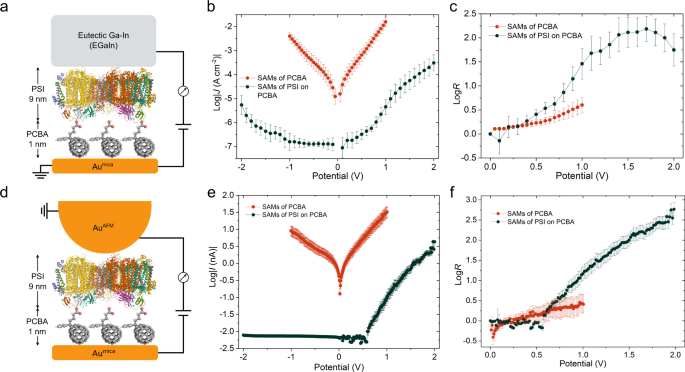2022-04-27 ヒューストン大学(UH)
UHの機械工学技術教授Francisco Robles-Hernández氏とUIIMのエネルギー持続性工学教授Luis Bernardo López-Sosa氏は、バイオマス、炭素、炭化水素などの有機物の燃焼による副産物であるすすで、太陽エネルギーを熱に変換できることを証明した。
学術誌『Carbon』に発表された研究結果によると、メキシコのミチョアカン州で燃やした木材から抽出したバイオマスが最も効果的であることが判明した。最終的に研究者たちは、この煤を使って、太陽から熱への変換効率が高いペースト状のコーティングを作製した。
<関連情報>
- https://uh.edu/news-events/stories/2022-news-articles/april-2022/04272022-solar-stoves.php
- https://www.sciencedirect.com/science/article/abs/pii/S0008622322000756
ネット・ゼロ・エミッションと気候変動抑制へ。固体炭素廃棄物から効果的な太陽電池変換器まで Into the net zero emissions and climate change control: From solid carbon waste to effective solar convertors
Luis BernardoLópez-Sosa,JuanZárate-Medina,MauricioGonzález-Avilés,HermelindaServín-Campuzano,Héctor AlfredoCalderón-Benavides,Francisco C.Robles Hernández
Carbon Published:4 February 2022
https://doi.org/10.1016/j.carbon.2022.01.066

Abstract
Here we demonstrate the potential for solar-to-heat conversion of carbon byproducts and their outstanding effects to reduce anthropogenic emissions. Those carbon byproducts are soots (biomass, evaporated carbon, etc.) as well as morphed graphenes. Our results cover optical characterization to demonstrate their suitability as heat capacitors and solar-to-heat convertors. Our raw materials are sustainable and currently considered environmental pollutants that require true attention to minimize global warming effects. Fortunately, they are ideal candidates to reduce the carbon footprints and can contribute towards a true net-zero environmental transition. We explore and demonstrate that soots are among the most competitive materials to transform solar energy into heat due to their absorption capacity, and durability. These materials are more competitive than commercial products and other known solar convertors demonstrating the superior thermosolar benefits. The best candidate is biomass with solar absorptivity, light emission, and cost reduction of 96, 85% and 15-fold, respectively, when compare to commercial products. Biomass and soot have comparable or better solar conversion characteristics, and sustainability than pristine carbon nanostructures and they are up to 3 orders of magnitude cheaper.



